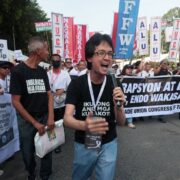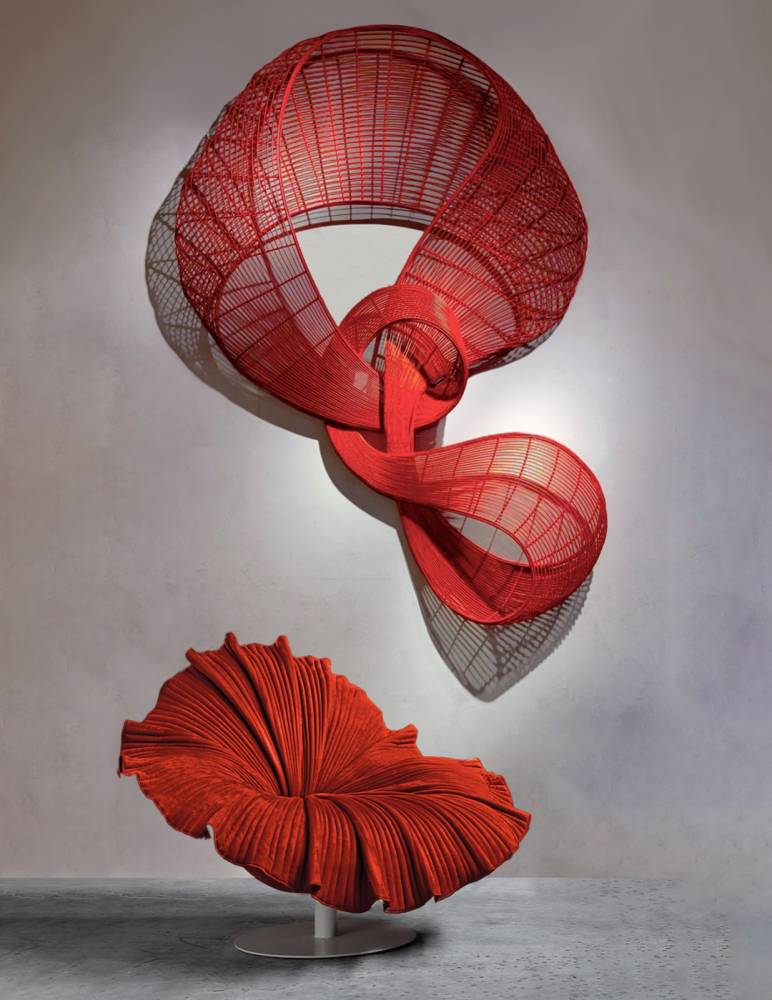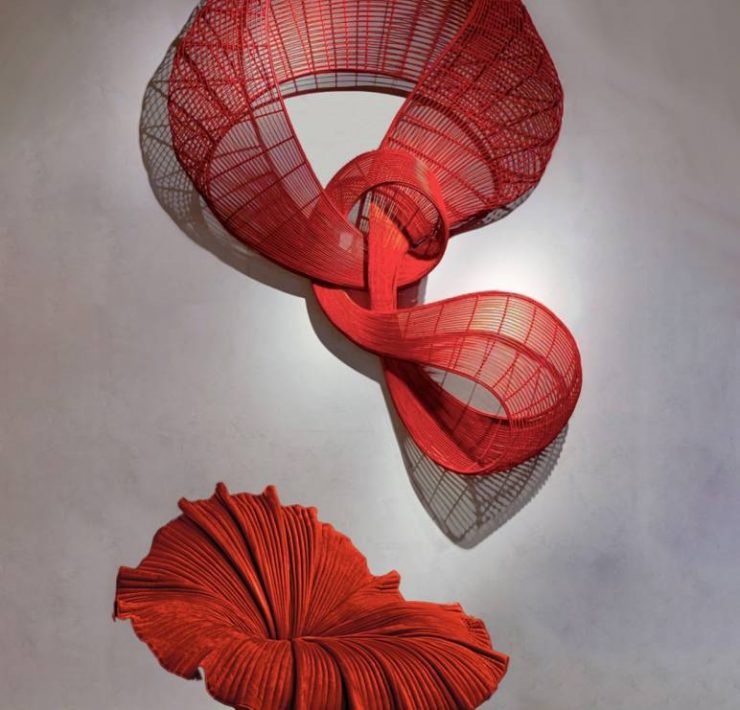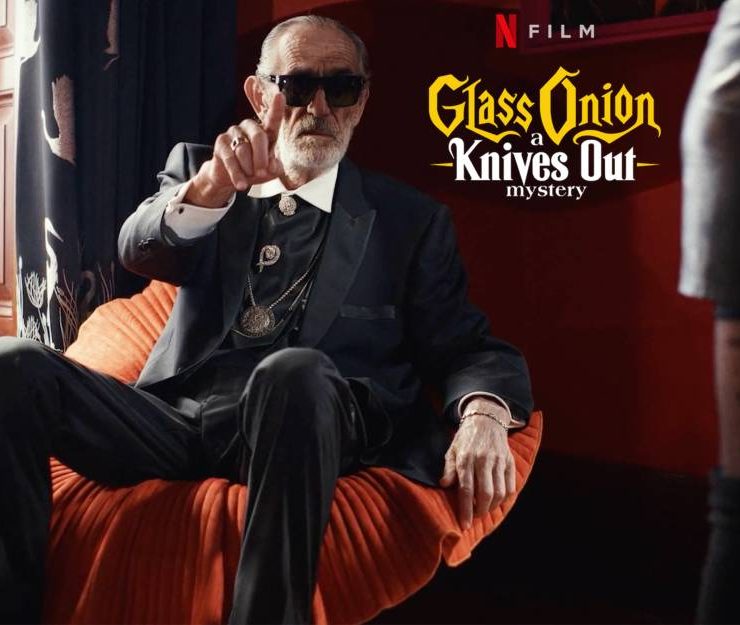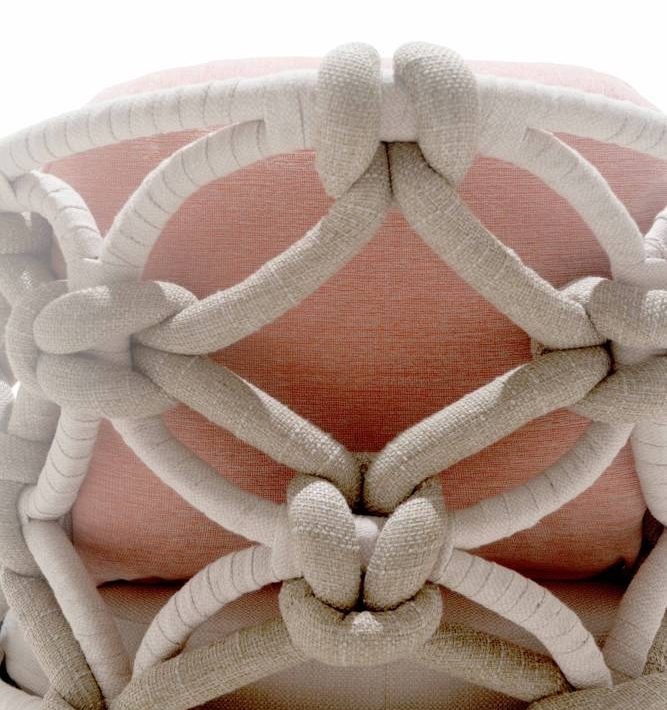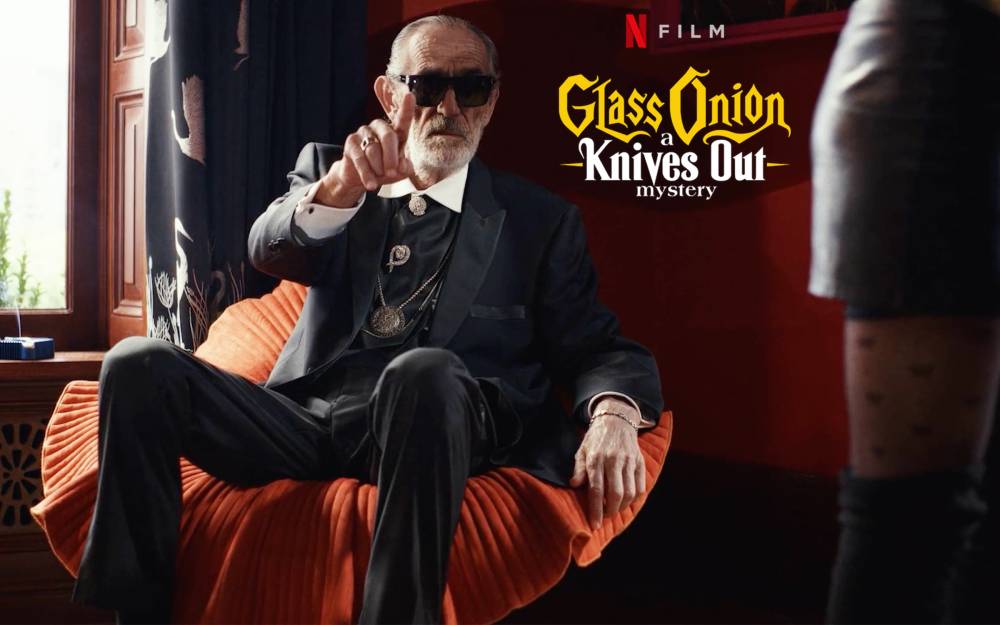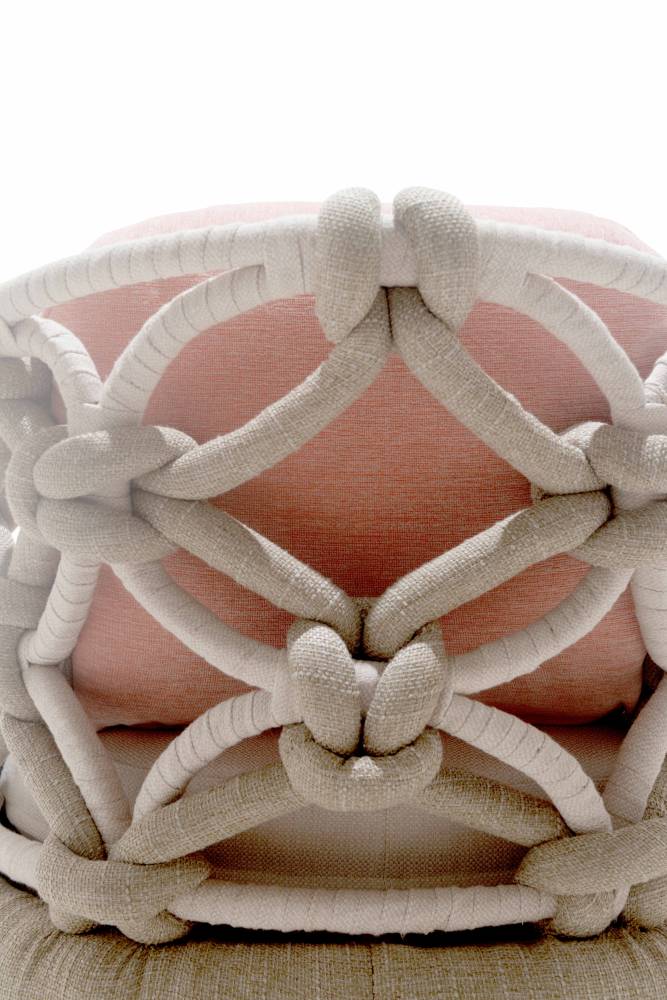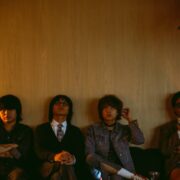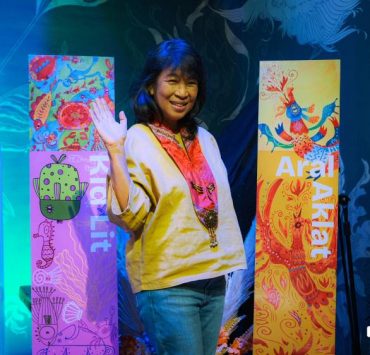Kenneth Cobonpue renews handwoven design story for Milan
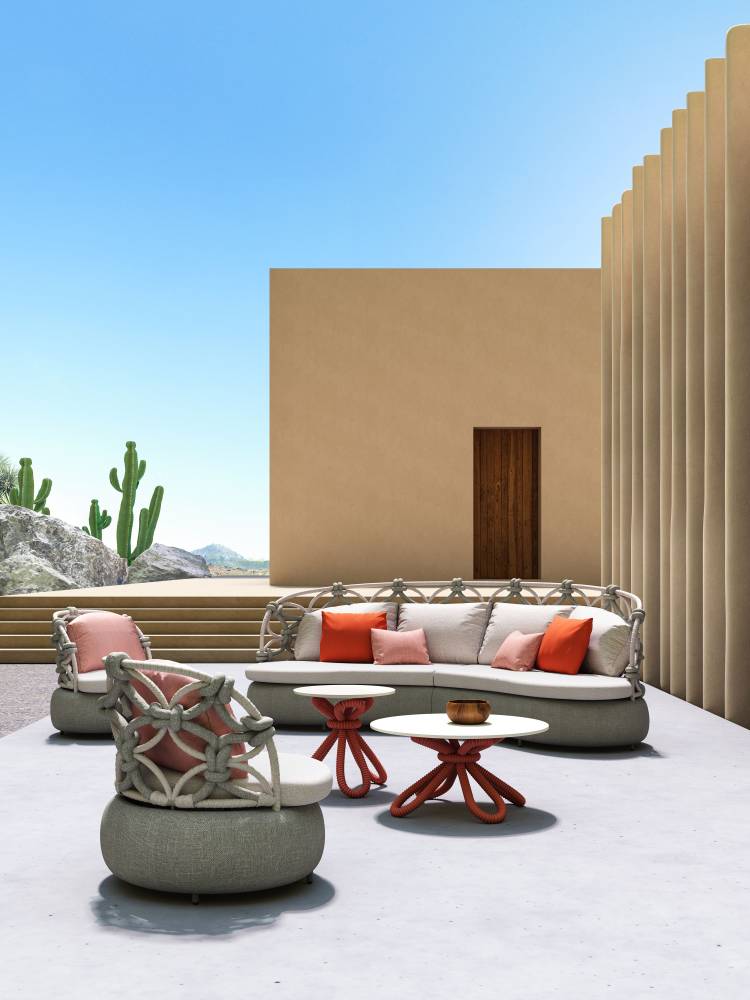
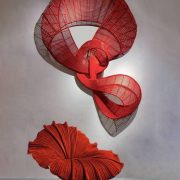

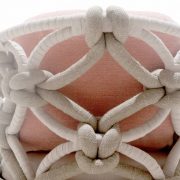
Kenneth Cobonpue renews handwoven design story for Milan
Kenneth Cobonpue renews handwoven design story for Milan
Known for melding traditional craftsmanship with industrial materials, designer Kenneth Cobonpue was arguably the first in the world to produce contemporary furniture using old-fashioned knitting techniques.
Fourteen years ago, his namesake company upped the ante by introducing luxury outdoor furniture, made of fabric-wrapped foam that’s knotted into metal framework, at the Maison&Objet trade show in Paris. Soft fabric tubes in the “Cabaret” collection were hand-knotted and twisted to form polygon patterns.
Recently, he has produced more sophisticated collections for the Salone del Mobile (which runs through April 21), also known as the Milan Furniture Fair, one of the largest exhibitions in the world.
“Etré” is a collection of polyester tubes, covered with fabric, knotted to form geometric patterns and woven into graceful aluminum frames. The “Corda” is crafted with cotton rope twisted around a molded aluminum frame. As a striking decorative detail, it is coiled and twisted to create a floating pattern across a glass tabletop.
“Most outdoor furniture are hard because they are made of plastic. Fabric gives a softer dimension,” explains Cobonpue.
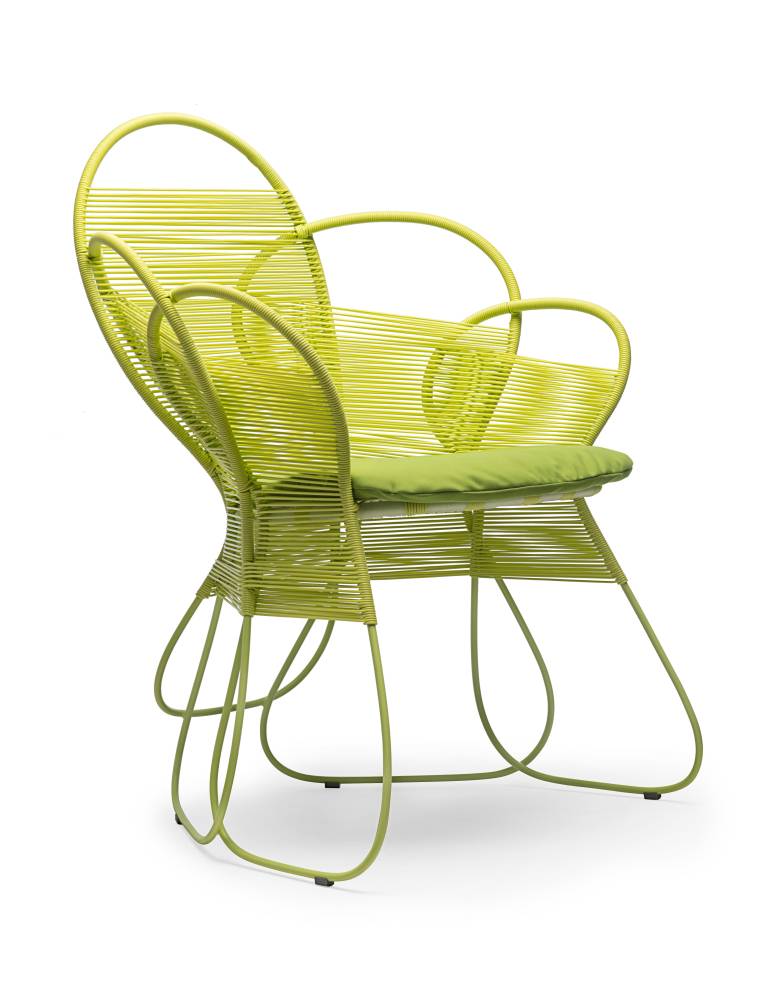
New textures
“Nothing is more durable than plastic but it has a disadvantage. As a hard material, it can become cold. With fabric, you can bring the indoor feel outside. It’s more comfortable as it cushions the body.”
Cobonpue’s name has been synonymous with handmade weaving. “Knitting and crocheting are part of our design vocabulary. Take a sweater, blow it up and the weave can translate into a texture for furniture. When we presented our collection made of fabric and fiberfill, all done by hand, in Paris, people were amazed at the fresh idea,” recalls Cobonpue.
Other companies worldwide have since been producing their own versions of knotted fabric furniture. While these manufacturers use machines and sheets of fabric, Cobonpue’s designs are still finished manually by skilled artisans. “We use yarns while the rest use sheets. With yarn, you can experiment with all kinds of knitting,” he says. Cobonpue will likewise present other styles at the trade fair such as furniture designed by Italian guest artist Federica Capitani. She has worked with icons such as Spanish architect Patricia Urquiola and Dutch designer Marcel Wanders, and has designed for Italian high-end brands such as Moroso and Zanotta.
For more than five years, Capitani has been infusing her Italian sensibilities of pure lines, refined curves, functionality, comfort, and powerful visual appeal into Cobonpue’s products.
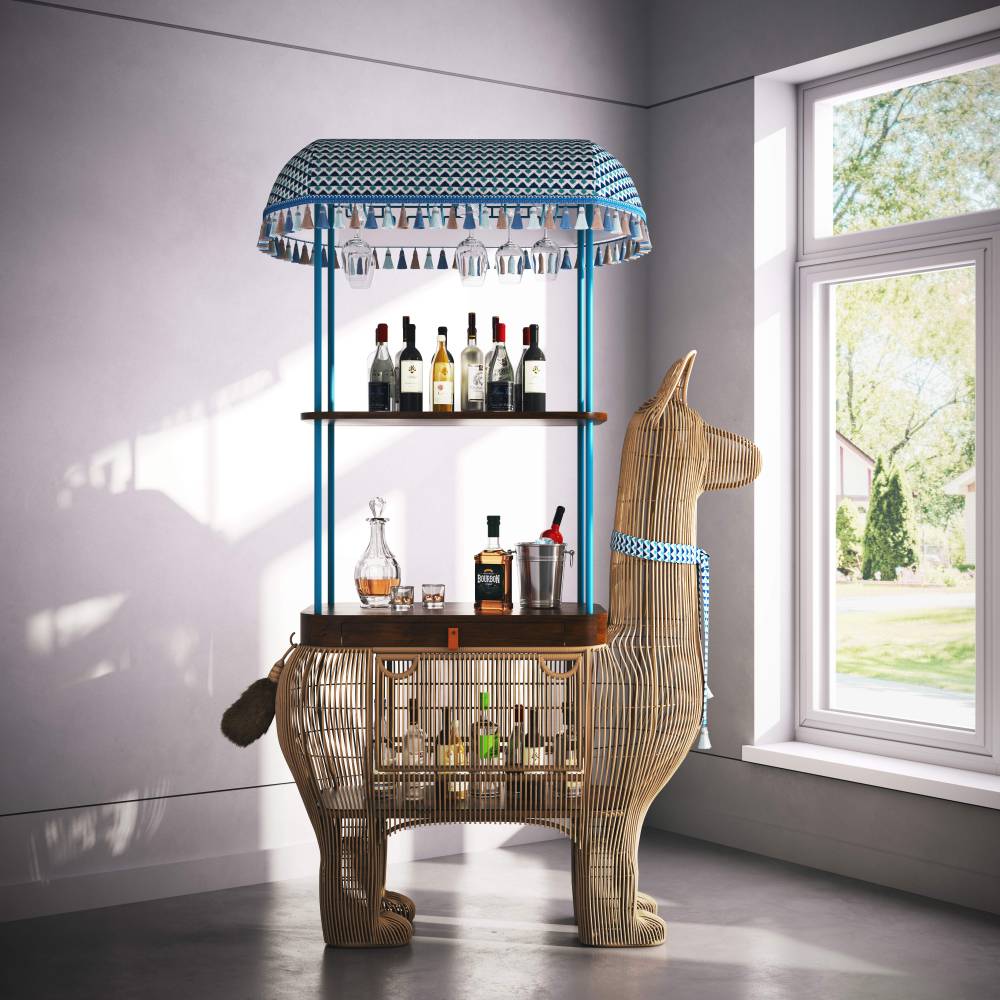
Then there are the new outdoor furniture using carbon fiber, which is resistant to corrosion, chemicals, and heat. Although other companies have used this material, Cobonpue brings out its lightness by weaving the carbon filaments to create intricate patterns.
Landmark year
This is a landmark year for Cobonpue. As his lease in The Residences at Greenbelt expires this June, he will move to a two-story showroom at the Grand Hyatt in BGC. The expansive space can present the extensiveness of his designs.
This year is also the ruby anniversary of his mother, furniture manufacturer Betty Cobonpue, in the industry. In 1984, she launched Scultura, furniture known for its fluid and sculptural silhouettes and use of rattan vines. Cobonpue credits his mother for cultivating his passion for design.
Cobonpue’s pieces continue to be used in film sets and album covers. His Bloom Chair, made of pleated Italian microfiber and assembled to look like petals, was included in a promotional shoot for Netflix’s film “Glass Onion: A Knives Out Mystery.”
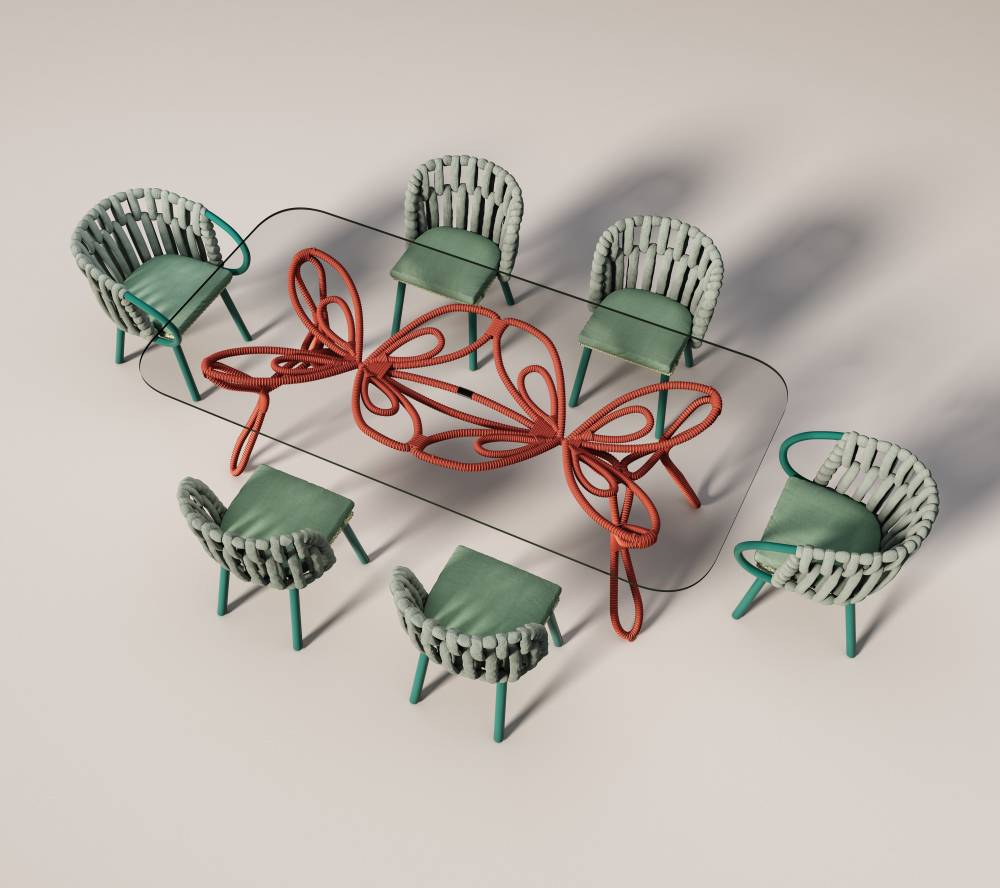
In Singapore, luxury brand Louis Vuitton commissioned him to create hanging lamps to decorate the VIP area of its women’s store in Ngee Ann City mall.
His namesake company is thriving 24 years since its inception. Kenneth Cobonpue is a purely Filipino brand, albeit the biggest of its kind, in the luxury market. Still youthful-looking at 55, the industrial designer rues, “I wish there more Filipino companies like us. We want to showcase what the Filipino is capable of. The Philippines is a design power. There’s so much to be done.”
Although Cobonpue has always been ahead of the game, he’s not resting on his laurels. “Other companies are fast in catching up, so we have to run faster,” he says.









